Reverb is a term frequently used in music and audio production, but what does it mean? If you’ve ever listened to a song that felt rich, full, and spacious, chances are reverb played a significant role. But for many beginners, the question remains: what is reverb in music?
This comprehensive guide delves into the concept of reverb, its mechanics, and its applications in music production. Whether you’re an aspiring producer or a curious listener, understanding reverb will enhance your appreciation for music and its production process.
What Is Reverb in Music?
Reverb, short for reverberation, refers to the persistence of sound in a space after the original sound source has stopped. It occurs when sound waves reflect off surfaces like walls, ceilings, and floors, creating a series of overlapping echoes that blend together.
In music, reverb adds depth, dimension, and realism to sound, making it feel more natural and immersive. It’s a fundamental tool in audio production, used to create ambiance and enhance the listening experience.
How Does Reverb Work?
To fully grasp what reverb is in music, let’s explore how it works:
1. Sound Reflection
When a sound is produced, it travels outward until it encounters surfaces. These surfaces reflect the sound waves, creating multiple delayed versions of the original sound.
2. Decay
The intensity of these reflections decreases over time as the sound waves lose energy. This gradual fading is known as reverb decay.
3. Blending of Echoes
Unlike distinct echoes, reverb creates a continuous wash of sound. This occurs because the reflections overlap and blend together.
4. Room Characteristics
The size, shape, and material of a space influence its reverb. For example:
- Large spaces (e.g., cathedrals) produce long, lush reverb.
- Small rooms produce short, tight reverb.
Types of Reverb
Reverb comes in various forms, each with unique characteristics. Here are the main types:
1. Room Reverb
- Simulates the sound of a small to medium-sized room.
- Commonly used for vocals and instruments to add subtle ambiance.
2. Hall Reverb
- Mimics the acoustics of a concert hall.
- Known for its long decay and lush sound, ideal for orchestral music.
3. Plate Reverb
- Uses a metal plate to create reverb electronically.
- Produces a smooth and dense sound, popular in vintage recordings.
4. Spring Reverb
- Uses a spring mechanism to create reverb.
- Commonly found in guitar amplifiers and associated with surf rock.
5. Chamber Reverb
- Simulates the sound of an enclosed space, like a recording chamber.
- Offers a rich, natural reverb.
6. Digital Reverb
- Uses algorithms to simulate various reverb types.
- Offers versatility and precision in modern music production.
Why Is Reverb Important in Music?
Reverb serves several purposes in music production:
1. Adds Depth and Space
Reverb makes music feel three-dimensional by simulating real-world acoustics.
2. Enhances Emotion
Different reverb settings can evoke specific emotions, from intimacy to grandeur.
3. Smooths Transitions
It helps blend sounds together, making transitions smoother and less abrupt.
4. Creates Realism
Reverb mimics how sound behaves in natural environments, making recordings feel authentic.
Applications of Reverb in Music Production
Reverb is a versatile tool with numerous applications:
1. Vocals
- Adds warmth and richness to vocal tracks.
- Creates a sense of space, making vocals stand out.
2. Instruments
- Enhances the sound of acoustic instruments like guitars and pianos.
- Adds character to synthetic sounds in electronic music.
3. Sound Design
- Creates atmospheric effects in film scores and video games.
- Simulates environments, from small rooms to vast spaces.
4. Mixing and Mastering
- Balances the elements of a mix by placing sounds in different “spaces.”
- Adds cohesion to tracks during the mastering process.
How to Use Reverb Effectively
Using reverb effectively requires a balance between creativity and technical skill. Here are some tips:
1. Start with the Right Reverb Type
Choose a reverb type that complements the mood and style of your track.
2. Adjust Decay Time
Set the reverb’s decay time to match the tempo and density of your mix.
3. Use Predelay
Add a slight delay before the reverb kicks in to maintain clarity in the original sound.
4. Control the Mix Level
Blend the reverb effect with the dry signal to avoid overwhelming the mix.
5. Experiment with EQ
Shape the reverb’s tone by cutting or boosting frequencies with an equalizer.
Common Mistakes with Reverb
Even experienced producers can misuse reverb. Avoid these common pitfalls:
- Overusing Reverb
Too much reverb can make a mix sound muddy and unclear. - Ignoring Predelay
Skipping predelay settings can cause the reverb to mask important details. - Using the Wrong Reverb Type
A mismatch between reverb type and song style can feel unnatural. - Lack of Automation
Static reverb settings may not adapt well to dynamic changes in a track.
Tools and Plugins for Adding Reverb
Several tools and plugins help producers add and control reverb:
- Stock Plugins
- Most DAWs (Digital Audio Workstations) come with built-in reverb plugins.
- Popular Reverb Plugins
- Valhalla Room: Known for its high-quality room and hall reverbs.
- Lexicon 480L: A classic reverb plugin with versatile presets.
- Waves H-Reverb: Offers detailed control over reverb parameters.
Conclusion
Reverb is more than just an audio effect—it’s an essential component of music that shapes how we perceive sound. Understanding what is reverb in music and mastering its use can elevate your productions, adding depth, emotion, and realism.
Related Articles:
For further reading, explore these related articles:
- How to Write a Song: A Step-by-Step Guide for Beginners
- The Complete Guide to Music Distribution: How to Share Your Music with the World
For additional resources on music marketing and distribution, visit Deliver My Tune.





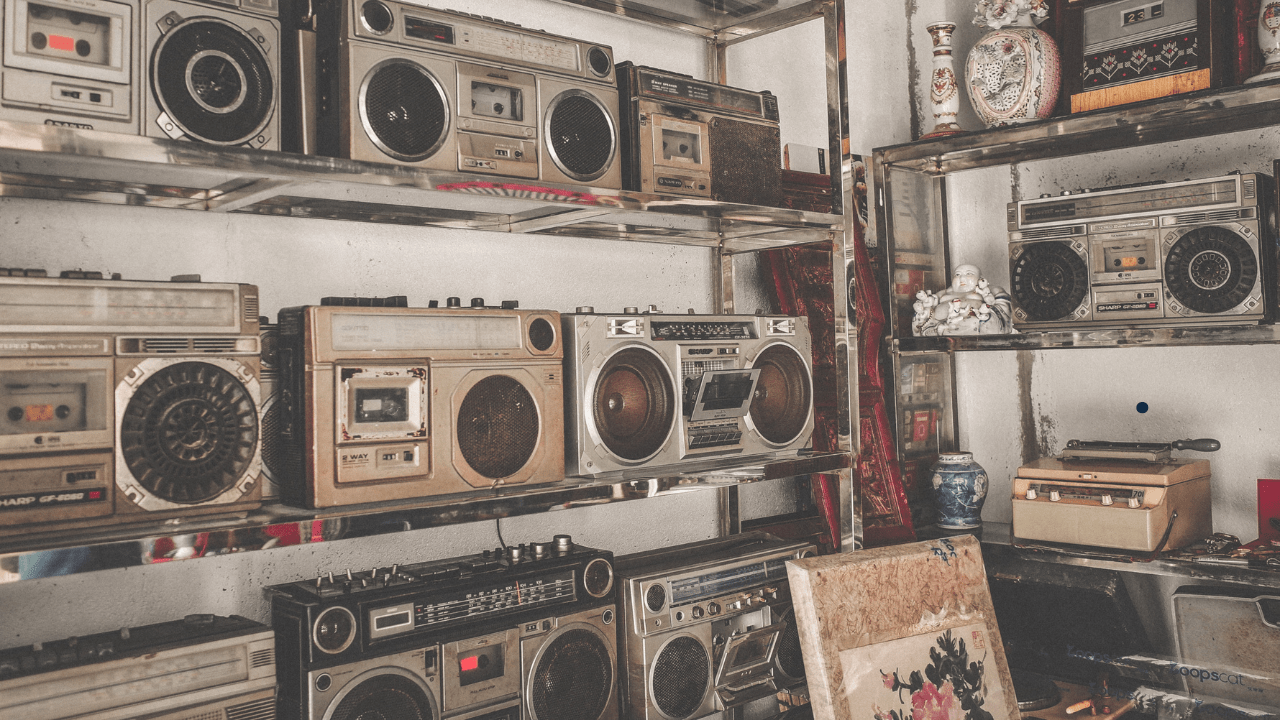
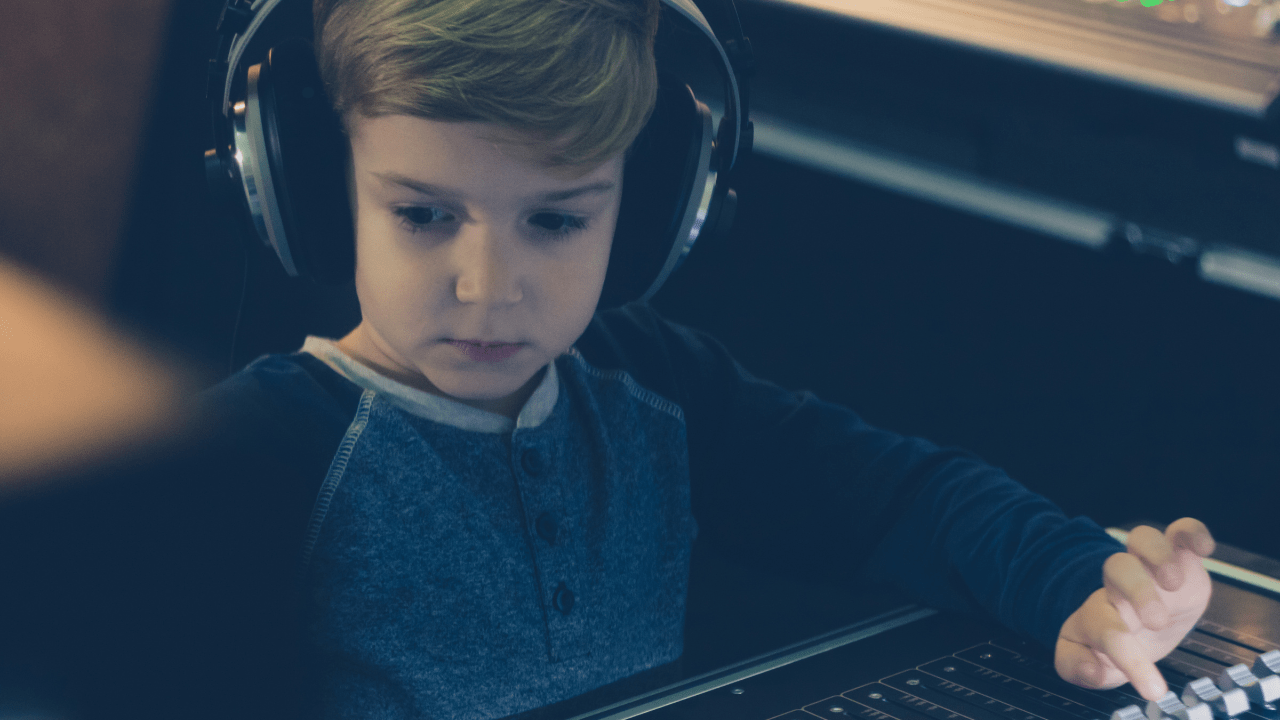
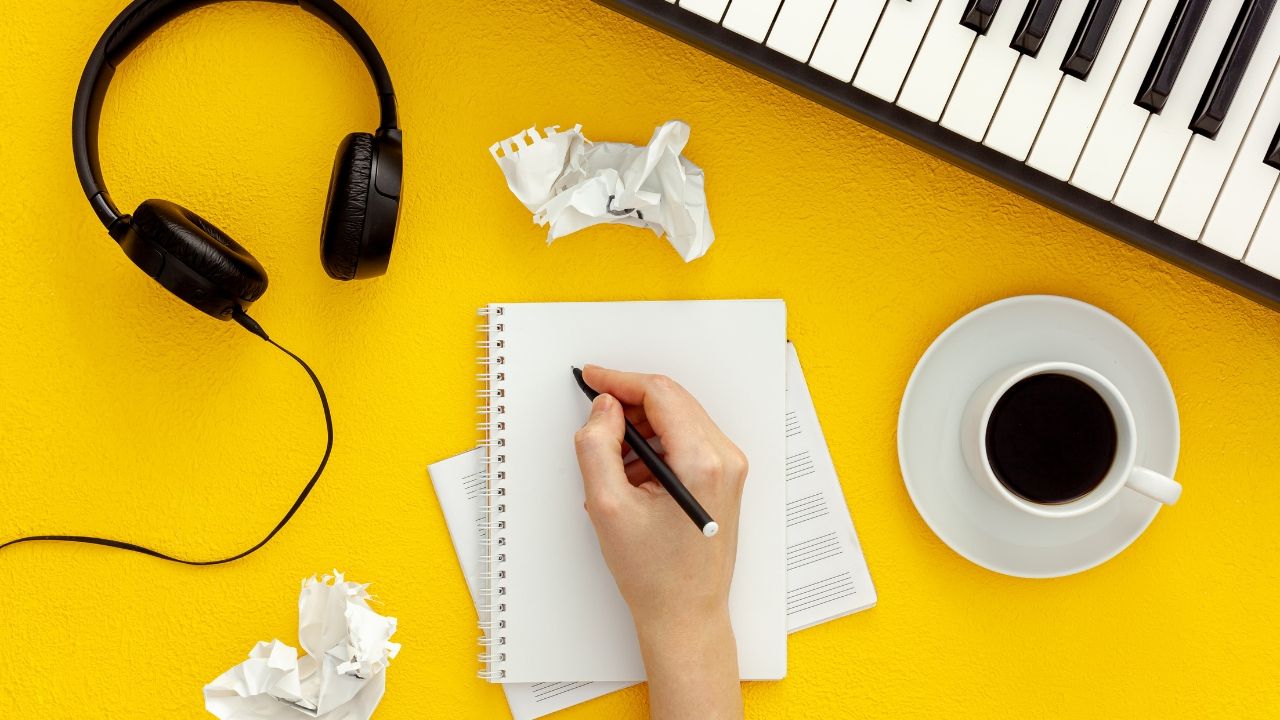
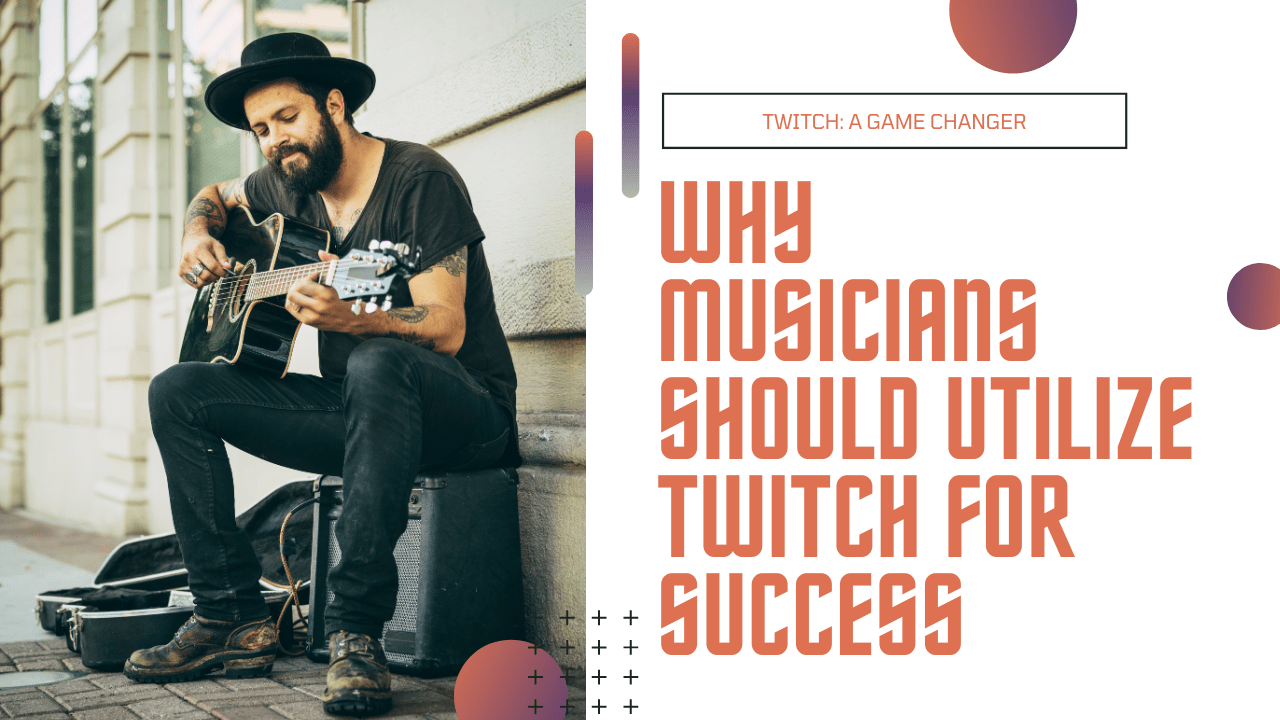


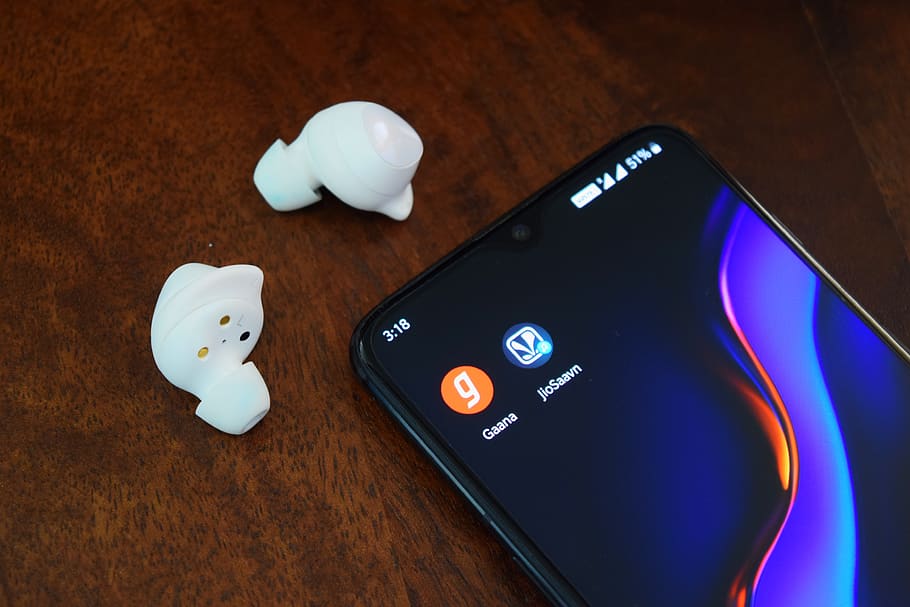
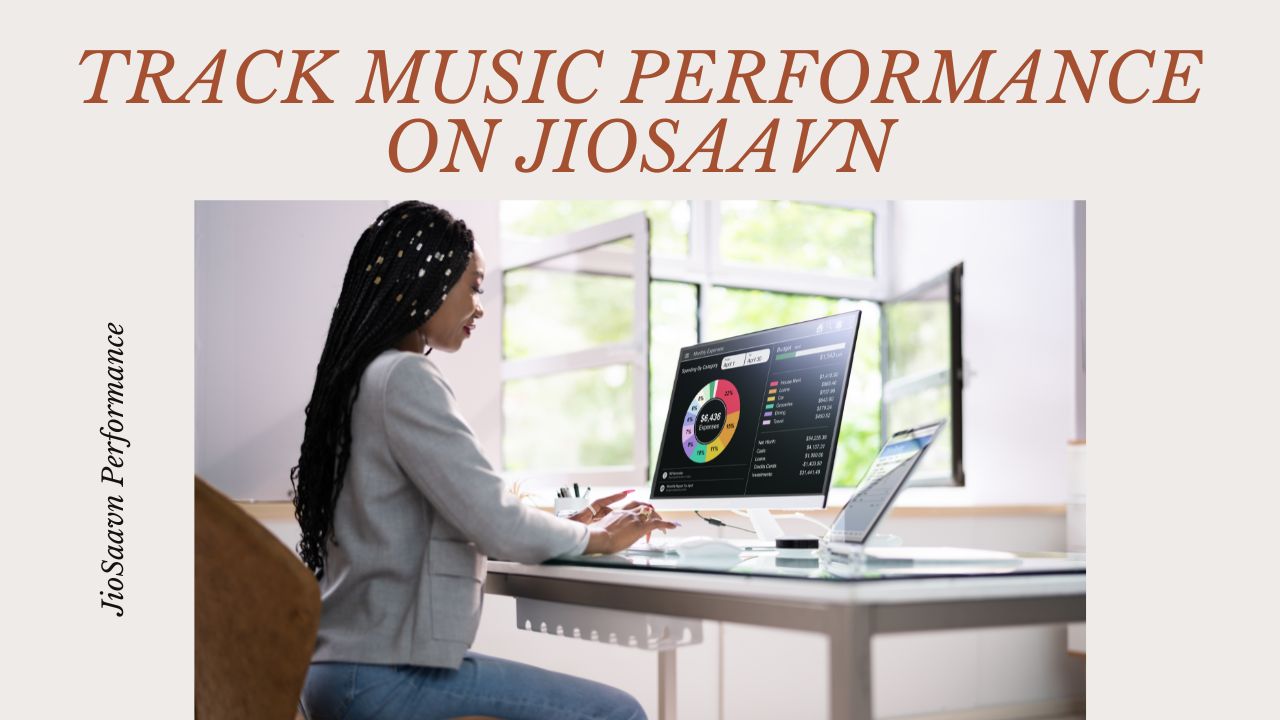
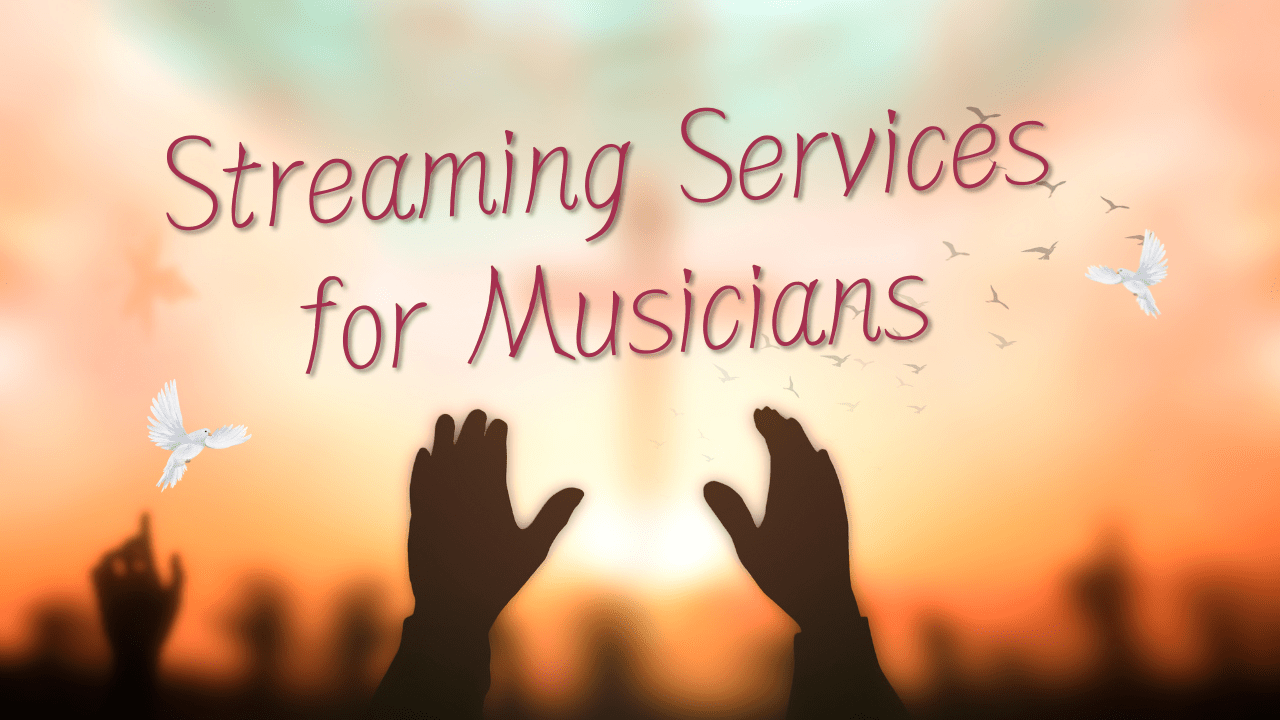

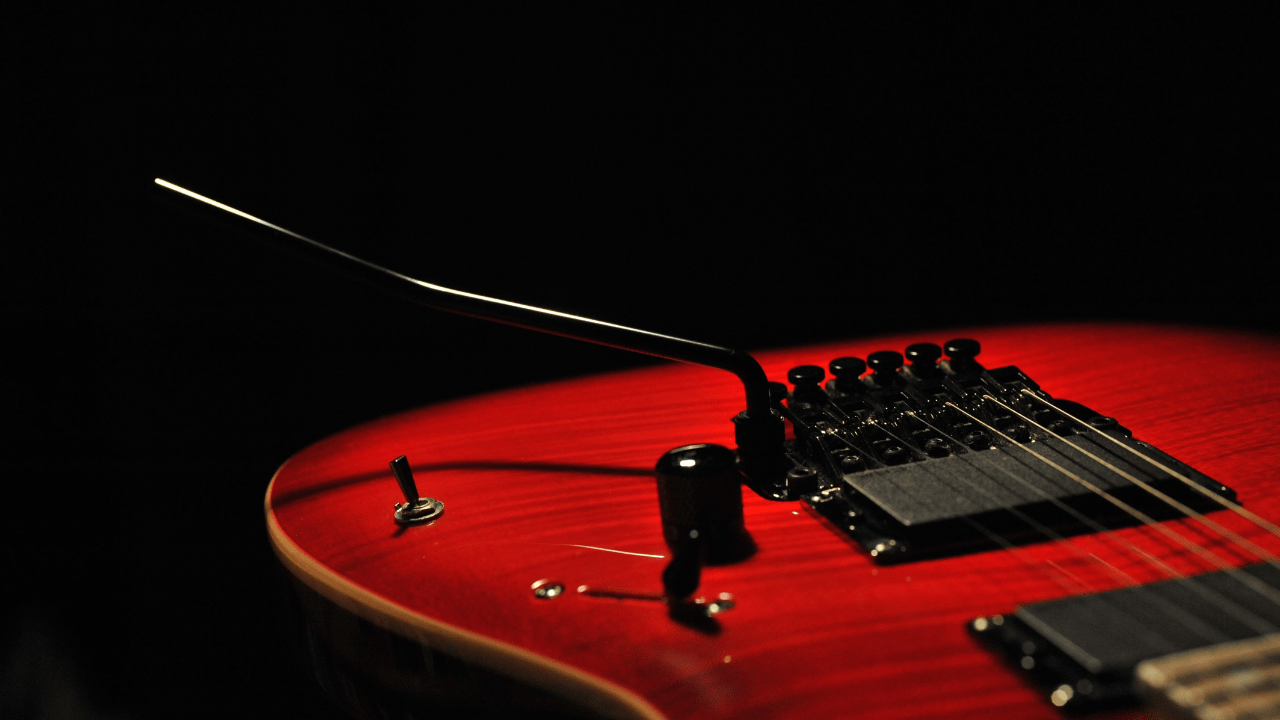



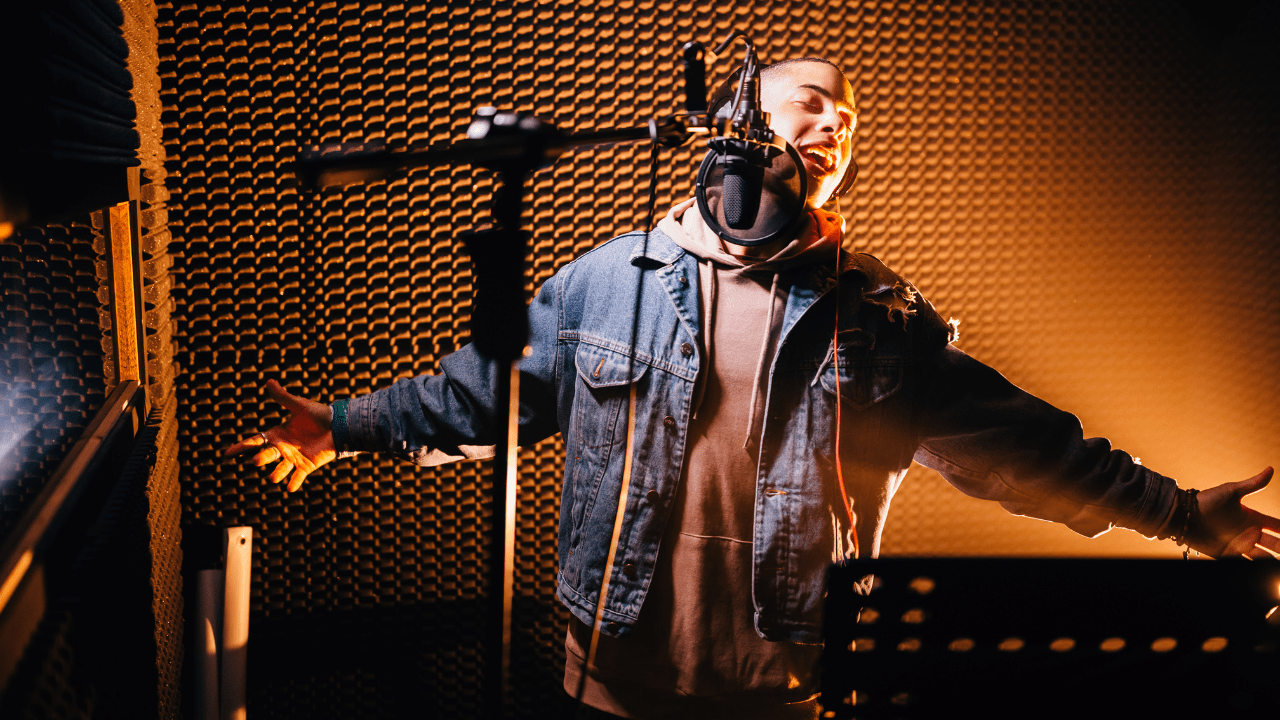
Leave a Reply